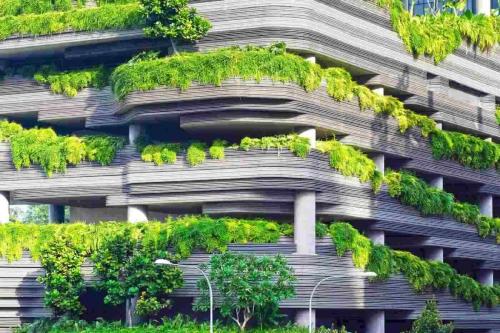Towards a Regenerative Paradigm for the Built Environment

Towards a Regenerative Paradigm for the Built Environment
Du Plessis homes in on the bifurcation of two distinct streams of development around the built environment emanating from concepts of sustaining development in the early part of the 21st century and a more integral vision of human and ecological harmony in the built environment.
Chrisna du Plessis’ seminal work on regenerative design for the built environment has been widely cited more than 400 times in academic journals. Her identification of the diverging traditions driving sustainable development in the built environment provide a departure point for those advancing both practice and work in the field.
The paper argues for the aspect of sustainability that more closely follows the concept of regeneration, with built environment undertakings that are consistent and harmonious with nature and human settlement needs versus one that is simply ongoing and not excessively depleting. She asserts that the broad and dominant sustainability paradigms, particularly those associated with business objectives, have reached the limits of usefulness and prevent effective engagement with a complex, dynamic and living world. The alternative regenerative paradigm engages with “a living world through its emphasis on a co-creative partnership with nature based on strategies of adaptation, resilience and regeneration.”
Du Plessis proposes that “the regenerative paradigm still has to be tested at scale and as a fully integrated system of physical, cultural and visionary interventions.” She predicts that “climate change will transform global systems, creating new system rules, new stories of place and new potential…where the world will literally need to be created anew.”
Du Plessis’s comprehensive and rich bibliography provides an excellent resource for further exploration.
